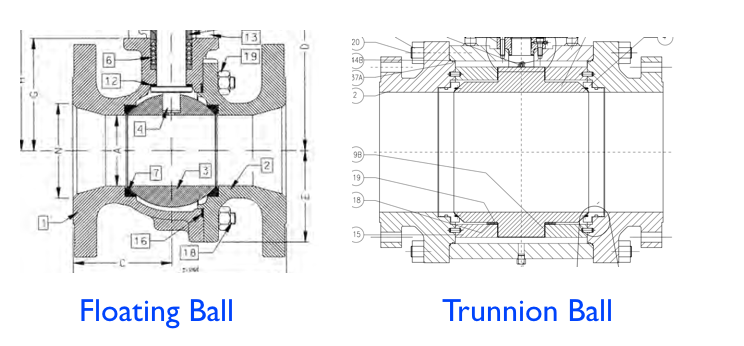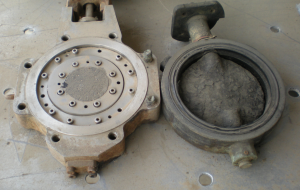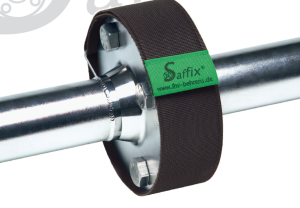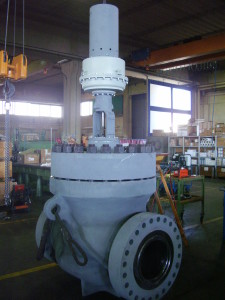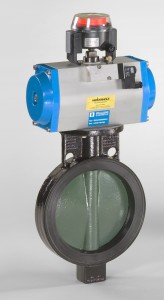 What are EN 161 Butterfly Valves?
What are EN 161 Butterfly Valves?
EN161 is a European Standard (EN) entitled “Automatic Shut-Off Valves for Gas Burners and Gas Appliances” (Please consult the latest version of this standard for up to date information). The scope of this standard covers the overall design, construction, testing, and safety requirements for quick shut-off valves.
Although it is possible for different types of valves to conform to requirements of EN161— for example Ball or Solenoid Valves—butterfly valves that are widely used for sizes DN50 (2″ NPS) and above because of the benefits of this type of valves offers.
One benefit of butterfly valves is the “foot print” for butterfly valves is less than ball valves. Also there is a limitation on the maximum size that solenoid valves are available whereas for butterfly valves they can be manufactured up to quite large sizes with conformity to EN161 (up to DN1200).
In addition to EN 161 butterfly valves are available in “wafer” type body reducing the overall weight and material content of the valve, consequently reducing cost of manufacture. This reduction can be passed on to the customer in terms of reduced purchase price. Furthermore butterfly valves can also be easily automated using a pneumatic rotary actuator— such as a double piston rack and pinion actuator. The shut-off action can be easily fulfilled using springs in the actuator to ensure that the valve automatically closes upon signal failure. This type of actuator has the advantage of being robust, reliable, and being entirely mechanical can be used safely in hazardous zones or areas. The combination of quarter turn butterfly valve with pneumatic single acting double piston actuator also allows for quick shut off of the valves (Up to DN500 < 1second; DN600 – DN1200 < 2seconds).
To meet the tight shut-off requirements (Leak Rate A according to DIN EN 12266-1) a suitable lining material is selected according to the flowing medium and the maximum and minimum operating temperature range.
It is important to note that there is a maximum operating pressure limit for EN161 valves and this limit is dependent on the valve size.
If you have an EN161 shut-off valve enquiry, or to discuss your requirements, please contact us to discuss a suitable solution:


